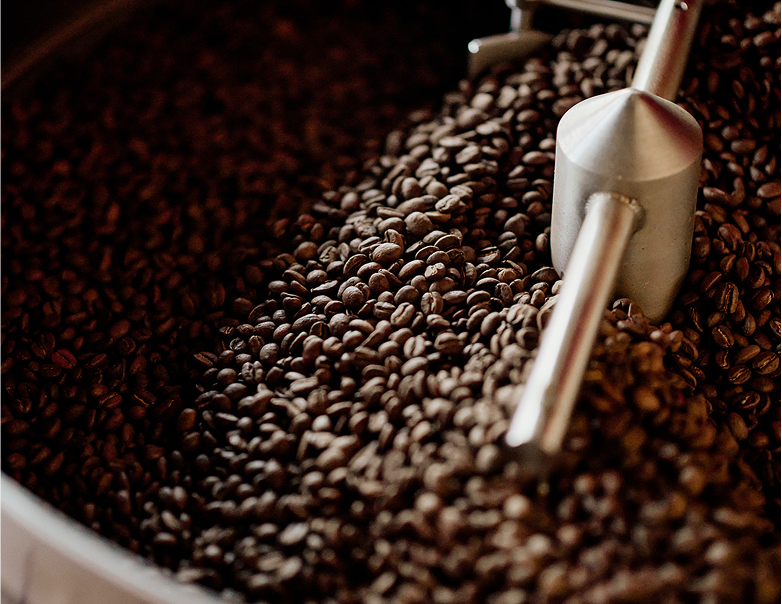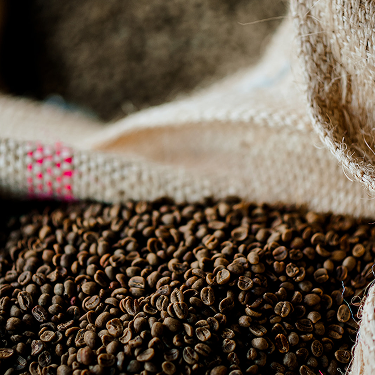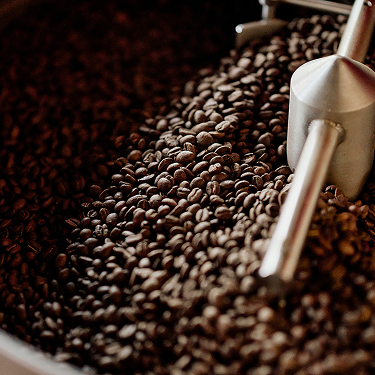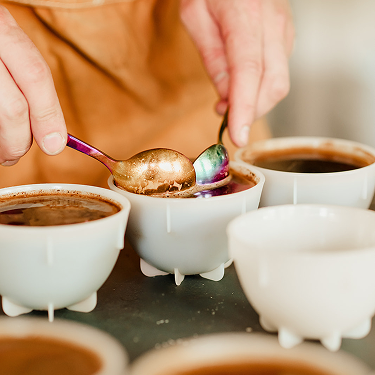
Single Origin vs. Blend: What's the Difference? Pt 1
When purchasing a bag of coffee for home, or ordering one of a variety of drip options at a cafe, the options are typically categorized as “blend” or “single-origin.” We’ve found that many coffee drinkers find these categories difficult to parse, which can then confuse coffee orders or bag purchases. This article will answer your questions regarding blends and single-origins, and provide more context than you ever thought you wanted!
Let’s begin with the basics. At its most superficial level a single-origin coffee is a coffee that was grown in a single country. Colombia, Mexico, Ethiopia, or Indonesia are examples. When you purchase a coffee like this, part of what you’re purchasing is the terroir, which is a wine industry term. Terroir refers to the unique aspects of the natural environment in which an agricultural product is produced. In wine this is often described as a D.O., or a Denomination of Origin. Champagne is a D.O., as are Bordeaux, Burgundy, and Chianti. You may have heard the phrase, “all champagne is sparkling wine, but not all sparkling wine is champagne.” You can produce very similar sparkling wine elsewhere in the world, but if it’s not from the Champagne region of France then you can’t legally call it Champagne (or sell it for Champagne-level-money!)
In coffee there are some well known D.O.s, such as Kona (Hawaii) or Blue Mountain (Jamaica), but single-origin coffee is generally sold simply by name of the country it was grown in. And terroir describes the unique circumstances the country of origin brings to the production of the coffee. Theoretically you would be able to taste the terroir in the coffee if it was prepared carefully and with skill.
Single-origins are more differentiated coffees than blends. They will often have more unique flavors and can offer a more adventurous sensory experience. Single origins are often seasonally offered according to the harvest and production schedule of the respective country.
Blends, on the other hand, are generally combinations of coffee from different countries. For example, you might have a blend of 50% Brazil and 50% Colombia. Our house coffee, Eyes Wide Open, is 60% Brazil, 30% Colombia, and 10% India. The idea of a blend is multivariate:
- Blends can allow coffees with different flavors to complement each other, the sum becoming greater than the parts
- Blends allow a business to provide a consistent coffee year-round, because as coffees become unavailable or age-out of use a roaster must find replacements without altering the flavor profile. The house blends at Dunkin’ and Starbucks are almost certainly blends of many different countries. Changing out 12% of a blend is easier than changing 50%.
- Blends typically offer a more balanced sensory experience for the consumer
More often than not, when a coffee is titled by the roasting company with a proprietary name, that means it is a blend. Our company, Those Guys, is an exception to that rule, as we brand name all of the coffees we release.
These are the basics you should understand about blends and single-origins. And while these distinctions have stood the test of time, it's not as clear cut as this first post might make it seem. We will uncover the more complex details in part 2.











